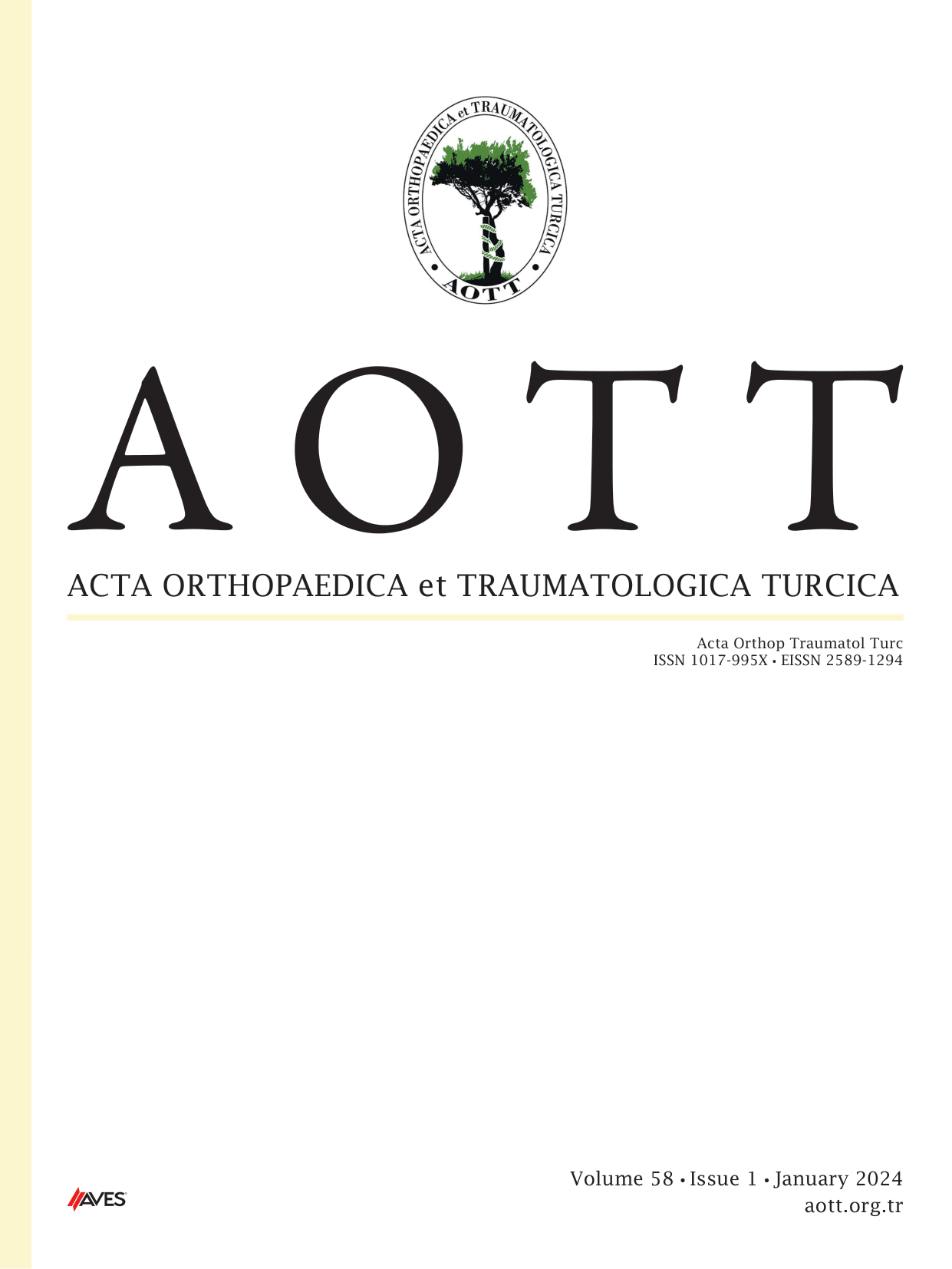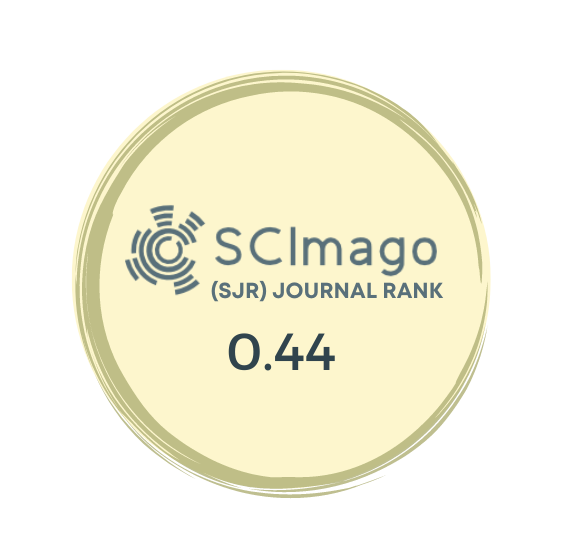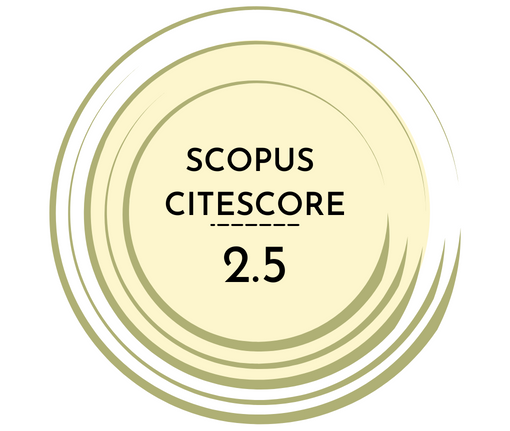Abstract
Objective
The aim of this study was to evaluate the most important factors which can cause “tight cast syndrome’’ (TCS) in pediatric patients with distal radius fractures.
Methods
Patients, who were at or under 15 years old and treated conservatively with an diagnosis of distal radius fracture between August 2015 and August 2017 were included in to the study. Fifty four patients, who had been found to experience TCS were accepted as group 1 and sixty-two patients without TCS as group 2. Cast index, pre-/post reduction translation, pre-/post reduction angulation, localization and displacement of the fracture, need for re-manipulation, and presence of associated distal ulna fracture were evaluated for both groups. Statistical analysis was performed to evaluate cut off value for cast index values for both TCS and loss of reduction and logistic regression analysis of the other possible factors.
Results
Pre-/post-reduction translation (over 50% and 10%, respectively) (odds ratios:0.167 and 0.524, respectively), a cast index value below than 0.775 (odds ratio:3.080), displaced type fracture (odds ratio:8.028), presence of re-manipulation (odds ratio:0.131) and associated distal ulna fracture (odds ratio:2.029) were found to be statistically significantly important for the occurrence of TCS. The most important factors were decreased cast index value and presence of initially displaced type fracture. Loss of reduction (LOR) risk was found to be increased in patients with a cast index value of greater than 0.875.
Conclusion
One should be very careful when following a pediatric patient who have a displaced distal radius fracture which has initial/post reduction translation in AP plane, which is associated with distal ulna fracture, which required re-manipulation and most importantly which cast index is under than 0.775 in terms of occurrence of TCS. We recommend obtaining a cast index value between 0.775 and 0.875 to prevent both TCS and LOR.
Level of evidence
Level III, Therapeutic study.
ER -






